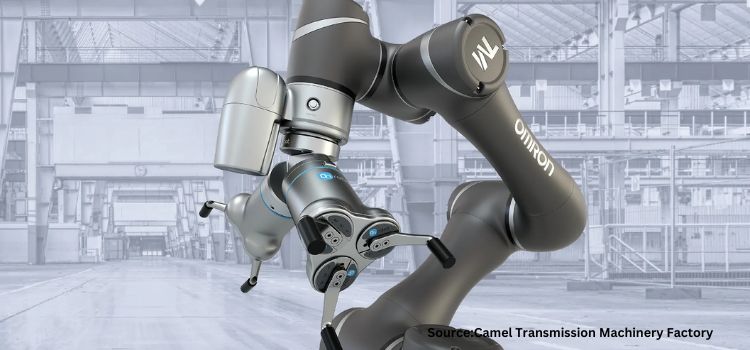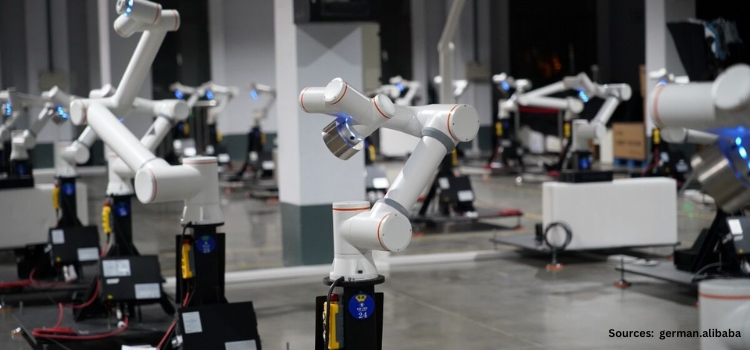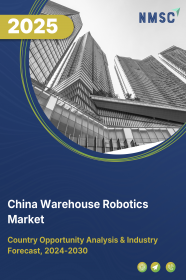
China Warehouse Robotics Market by Type (Automated Guided Vehicles (AGVs), Autonomous Mobile Robots (AMRs), Articulated Robots, & Others), by Offering (Hardware, Software, and Services), by Payload Capacity (Less than 100 KG, 101-200 KG, 201-500 KG, and Others), by Application (Palletizing and Depalletizing, Sorting and Packaging, Picking and Placing, Transportation) and by End-User (E-commerce, Automotive, Food & Beverages, and Others) – Opportunity Analysis and Industry Forecast, 2025–2030
Industry: Semiconductor & Electronics | Publish Date: 29-Mar-2025 | No of Pages: 149 | No. of Tables: 114 | No. of Figures: 59 | Format: PDF | Report Code : SE3141
China Warehouse Robotics Market Overview
The China Warehouse Robotics Market size was valued at USD 1.90 billion in 2024, and is predicted to reach USD 5.42 billion by 2030, at a CAGR of 18.1% from 2025 to 2030.In terms of volume, the market size was 107.98 thousand units in 2024 and is projected to reach 329.49 thousand units by 2030, with a CAGR of 19.3% from 2025 to 2030
China's faster growing e-commerce sector needed for automated solutions to manage warehouse accurately, speed up order fulfilment, and minimize errors. With the integration of robotics, companies can most importantly improve accuracy, and overall supply chain accuracy, making automation an important driver in warehouse robotics market.
Also, as there is manpower shortages and wages rise, the adoption of warehouse automation and robotics is likely to accelerate, making it a decisive driver of growth in China's logistics and supply chain sector. The financial hinderance coming from upfront costs restrains the widespread deployment of warehouse robotics, reducing overall market growth.
Increase in E-Commerce Sector Drives the China Warehouse Robotics Market Demand
Rising e-commerce sector, led by major companies such as Alibaba, JD.com, is rapidly moving towards the application of warehouse robotics. With millions of online orders processed daily, there is a requirement for automated solutions to improve warehouse accuracy, faster order fulfilment and minimize mistakes.
As per the World Economic Forum, the e-commerce sales in China stood at USD 1.3 trillion and that number is expected to increase to almost USD 2 trillion by 2025. Thus, by combining robotics, companies are able to improve accuracy, and maintain overall supply chain accuracy, and this in turn drives market expansion.
Rise in Labor Costs and Seeking to Automation Drives the Market Growth
China's increasing workforce costs and shrinking workforce are driving companies to seek automation solutions to maintain efficiency and control operational expenses. As the country experiences economic growth and demographic changes, wages continue to increase, making it more less cheap for businesses to depend solely on human labour for warehouse operations.
As per the World Economic Forum, the projected annual labour gap is calculated to be 11.8 million in China at present. As labour shortages persist and wages rise, the adoption of warehouse automation and robotics is expected to accelerate, making it a crucial driver of growth in China's logistics and supply chain sector.
High Costs Involving Upfront Costs Hinders the China Warehouse Robotics Market Expansion
Large upfront costs related with robotic material handling poses an important block for small and medium-sized enterprises (SMEs) in China. Many SMEs find these expenses excessive, making it tough for them to adopt automation solutions despite potential long-term benefits. This financial restraint limits the widespread deployment of warehouse robotics, slowing overall market development in the region.
Introduction of Artificial Intelligence Creates Future Option for the Market
The addition of artificial intelligence in automated warehouse systems is expected to play a major role allowing growth opportunity for the China warehouse robotics market trends in the future.
AI induced solutions improves decision making, optimize inventory management and improve the accuracy and speed of operations that helps warehouses to become more accurate and adaptable. As such in January 2025, Nvidia disclosed new AI development tools aimed at improving the potential of autonomous robots and vehicles.
These models are mad to create synthetic data and simulate physical interactions, allowing developers to create designed templates for testing their AI systems before real-world. These progresses will focus on the transformative potential of AI in warehouse robotics, paving the way for smarter, more lively and highly efficient warehouse operations that meet the future demands of modern supply chains.
Competitive Landscape
The promising players operating in the China warehouse robotics industry includes ABB Ltd., Omron Corporation, KUKA AG, Fanuc Corporation, JBT Corporation, Teradyne Inc., Geekplus Technology Co., Ltd., Zebra Technologies, Dematic, Honeywell International Inc, Vanderlande Industries B.V., KNAPP AG, Daifuku Co., Ltd., Murata Machinery, Ltd., YASKAWA ELECTRIC CORPORATION and others.
China Warehouse Robotics Market Key Segments
By Type
-
AGVs
-
AMRs
-
Articulated Robots
-
Others
By Offering
-
Hardware
-
Software
-
Services
By Payload capacity
-
Less than 100 kg
-
101-200 KG
-
201-500 KG
-
Others
By Application
-
Palletizing and Depalletizing
-
Sorting and Packaging
-
Picking and Placing
-
Transportation
By End User
-
E-commerce
-
Automotive
-
Food & Beverages
-
Others
Key Players
-
ABB Ltd.
-
Omron Corporation
-
KUKA AG
-
Fanuc Corporation
-
JBT Corporation
-
Teradyne Inc.
-
Geekplus Technology Co., Ltd.
-
Zebra Technologies
-
Dematic
-
Honeywell International Inc
-
Vanderlande Industries B.V.
-
KNAPP AG
-
Daifuku Co., Ltd.
-
Murata Machinery, Ltd.
-
YASKAWA ELECTRIC CORPORATION
REPORT SCOPE AND SEGMENTATION:
|
Parameters |
Details |
|
Market Size Value in 2024 |
USD 1.90 billion |
|
Revenue Forecast in 2030 |
USD 5.42 billion |
|
Value Growth Rate |
CAGR of 18.1% from 2025 to 2030 |
|
Market Volume in 2024 |
107.98 thousand units |
|
Unit Forecast in 2030 |
329.49 thousand units |
|
Volume Growth Rate |
CAGR of 19.3% from 2025 to 2030 |
|
Analysis Period |
2024–2030 |
|
Base Year Considered |
2024 |
|
Forecast Period |
2025–2030 |
|
Market Size Estimation |
Billion (USD) |
|
Market Volume Estimation |
Thousand units |
|
Growth Factors |
|
|
Companies Profiled |
15 |
|
Countries Covered |
10 |
|
Customization Scope |
Free customization (equivalent up to 80 working hours of analysts) after purchase. Addition or alteration to country, regional, and segment scope. |
|
Pricing and Purchase Options |
Avail customized purchase options to meet your exact research needs. |








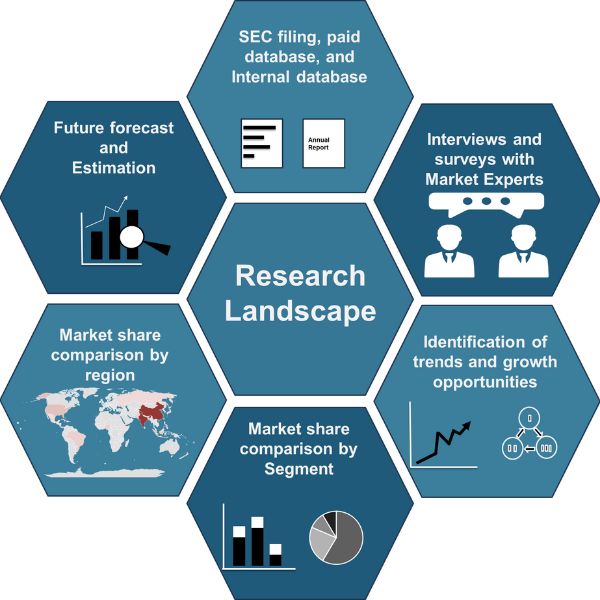





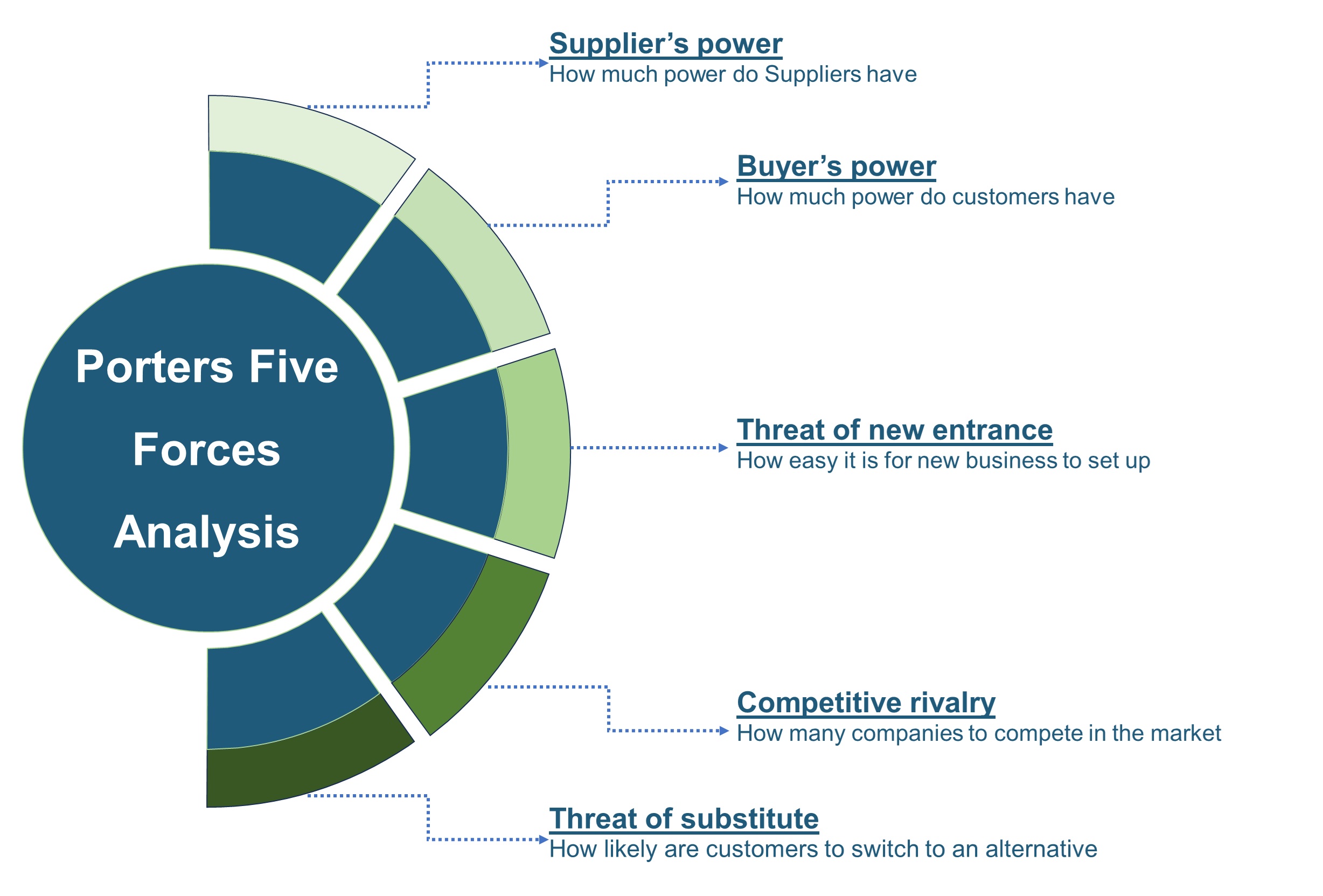

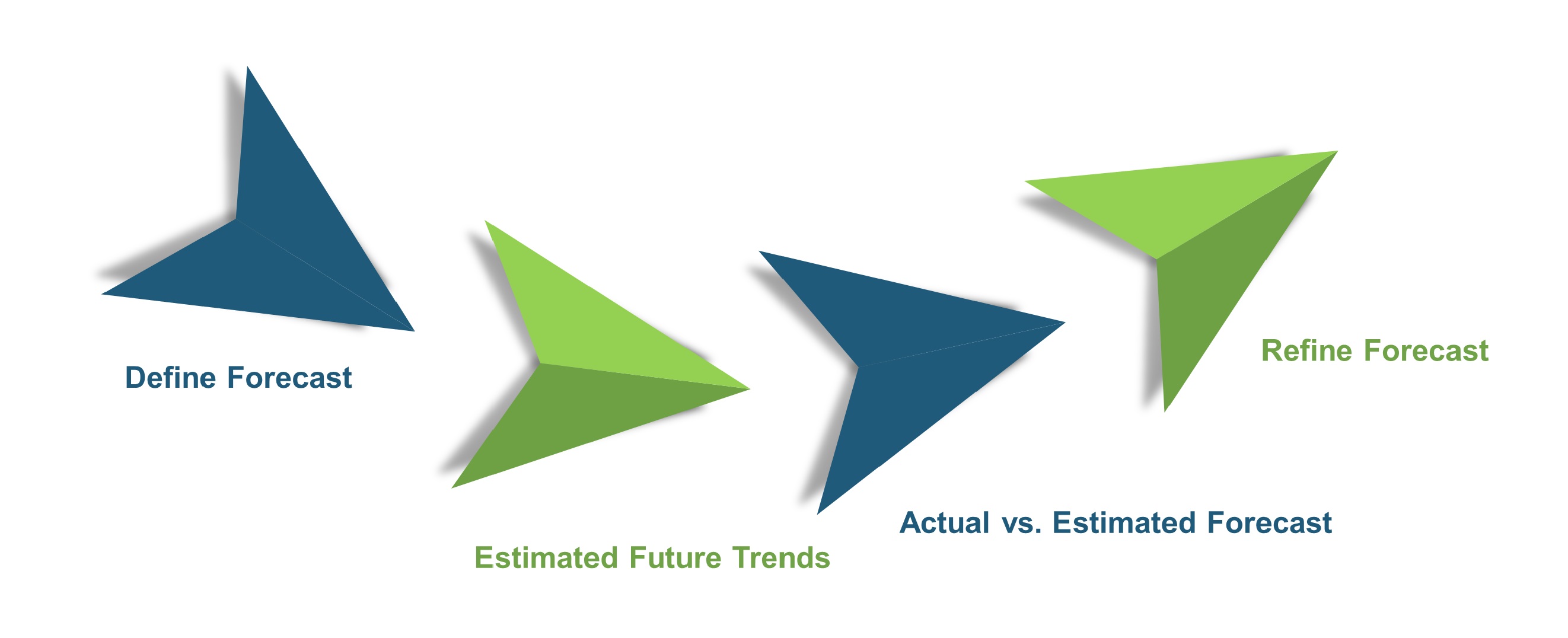
 Speak to Our Analyst
Speak to Our Analyst






